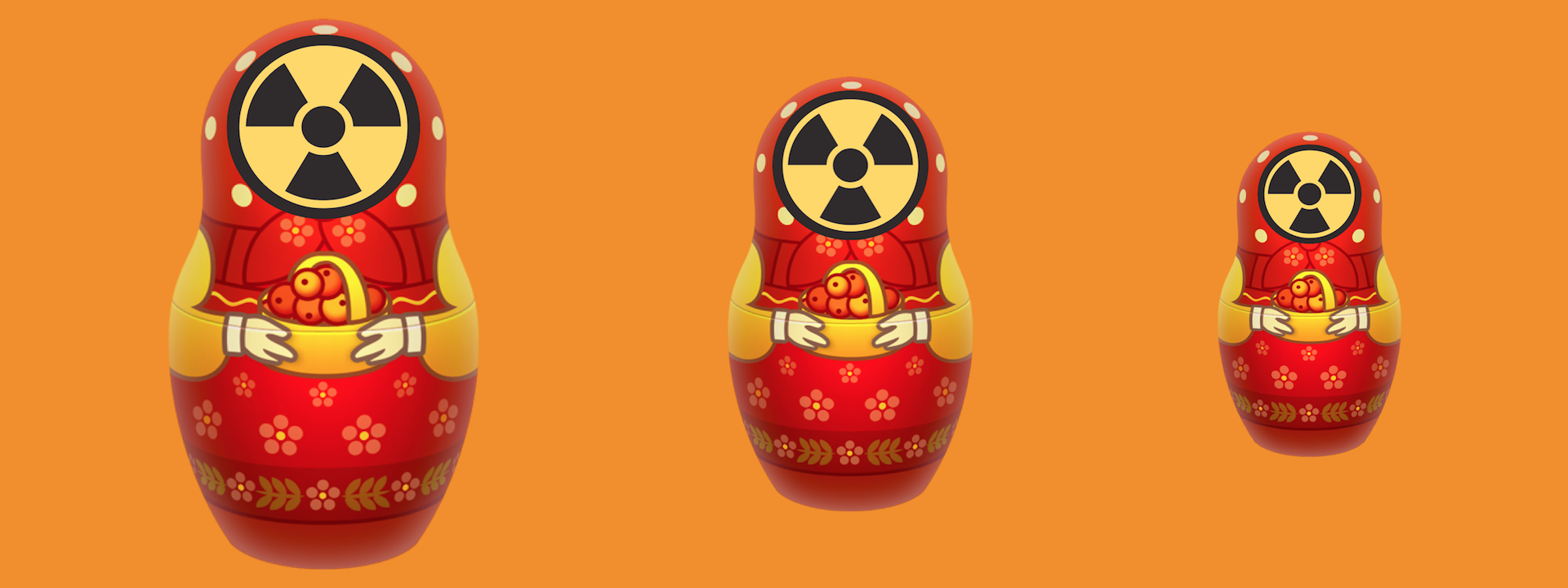#PutinAtWar: No Traction for Kremlin After Amesbury
After chemical agent found in another British town, Kremlin messaging fails to gain traction online
#PutinAtWar: No Traction for Kremlin After Amesbury

After chemical agent found in another British town, Kremlin messaging fails to gain traction online

On June 30, two British nationals were found unconscious at their home in Amesbury after being exposed to an unknown substance. Four days later, on July 4, the Met police confirmed the pair was exposed to Novichok, the same nerve agent that was used to poison Sergei and Julia Skripal less than four months earlier.
This development revitalized public interest in the Skripal case and caused a new wave of pro-Kremlin disinformation narratives and conspiracy theories targeting the ongoing investigations.
Since July 4, a familiar group of Kremlin-funded media outlets, pro-Kremlin Twitter users, and conspiracy sites have come up with twelve different theories as to the motivation and the culprit behind the Amesbury poisoning, all exonerating the Kremlin from any involvement in the two poisonings.
@DFRLab has identified the following theories:
1. RT published an article suggesting the Novichok in both Salisbury and Amesbury poisonings came from Porton Down, Britain’s military research base, not Russia;
2. RT published a commentary by a Russian chemical weapons expert Anton Utkin, in which he says the poisoning “was a terrorist attack”;
3. Another popular theory peddled by RT was that the poisoning was an attempt to derail the Trump-Putin summit;
4. A broader RT take accused the UK of using the poisoning story to draw attention back to itself as it seeks to establish itself as a “world power”;
5. In the same article, RT also floated the theory that the new Novichok claims were timed to vilify Russia during a “massively successful World Cup”;
6. Separately, RT suggested that the Novichok that was used to poison the Amesbury pair and the Skripals could not be military-grade Novichok because it failed to kill a single person, therefore, Russia could not be responsible;
7. The Russian Embassy in the Netherlands tweeted that it would have been “stupid” for Russia to use Novichok “again”, saying they are not that “dumb” and therefore cannot be responsible;
8. Veterans Today, an American fringe site that struck several content-sharing partnerships with Kremlin-funded think tanks and media outlets published an editorial saying that the poisoning was fabricated to “serve as a distraction from something else that the [British] government doesn’t want to be publicized”;
9. The same article also suggested that these “fabricated events” were timed to coincide with the celebrations of the National Health Service’s (NHS) 70th anniversary to extract “maximum propaganda value in praise for the chronically underfunded NHS”;
10. Another conspiracy news outlet that often publishes pro-Kremlin stories, GlobalResearch.ca, suggested that the Amesbury couple could have been poisoned by MI5, MI6, CIA, Mossad or the French or German secret services;
11. A Twitter account promoting an app for “alternative news” posted a tweet implying Ukraine could be behind the Amesbury poisoning;
12. Conspiracy news page “Stranger than Fiction News” on Facebook published a video, which to date was viewed 38,000 time, in which the host suggests the poison came from a rogue “Porton Down” technician, whose profile would be similar to the “baby-killing” nurse case.
It is worth noting that the theories put forward by RT clearly contradict one another. The poisoning could not be both a terrorist attack and Britain’s attempt to vilify Russia in light of its success as a World Cup host.
Neither one of the twelve narratives, however, appeared to have gained any significant traction online. On social networks, articles containing words “Novichok” and “Amesbury” generated more than 200,000 social media engagements (likes and shares/retweets) over the past seven days.

Of those, only 16,000 were on articles published by Kremlin-funded media outlets RT and Sputnik News. In fact, more than 50 percent of all total engagements came from BBC.

Out of twelve most-shared articles on the Amesbury poisoning, only four came from pro-Kremlin publications, and received less shares than the articles published by mainstream media outlets.

Out of the four top articles published by pro-Kremlin news sites, only one actively promoted a theory that the poison used on the Skripals and the Amesbury couple came from Porton Down.
Twitter Bots
Among those posting about the Amesbury poisoning on Twitter, were a handful of bot-like accounts. The most prolific of those, however, were a mix of commercial and news bots, neither of which appeared to have any impact on the online debate.

The commercial bot @ABDULWA13955919 used #novichok and other trending hashtags to promote cookery and cutlery from Amazon.co.uk.

The other four bots simply shared news stories from various outlets on the topic of Amesbury poisoning among other news headlines.

Conclusion
The recent Amesbury poisoning attracted a lot of interest from the mainstream media, thereby, curtailing the pro-Kremlin’s narrative dominance surrounding the Skripal and now Amesbury poisonings that @DFRLab previously reported on. Although the Kremlin-funded media, its allies and conspiracy sites have put forward twelve contradicting theories as to the motivation and the culprit behind the Amesbury poisoning, all exonerating the Kremlin from any involvement in the two poisonings, they failed to get any significant traction online.
This shows the lack of public interest in Kremlin’s talking points when better analysis and information is available in the mainstream media space.
Follow along for more in-depth analysis from our #DigitalSherlocks.

